Babak Abbasi
Learning Enhanced Optimisation for Routing Problems
Sep 17, 2021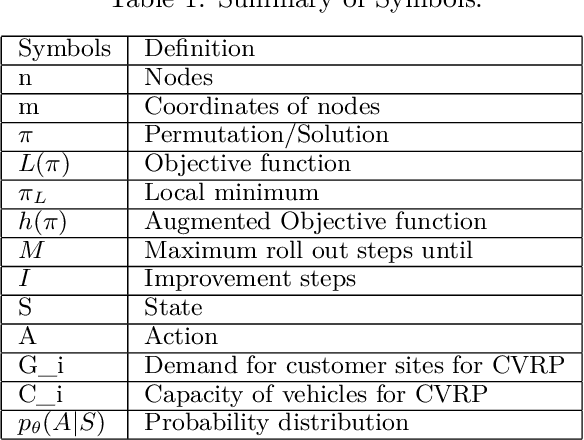


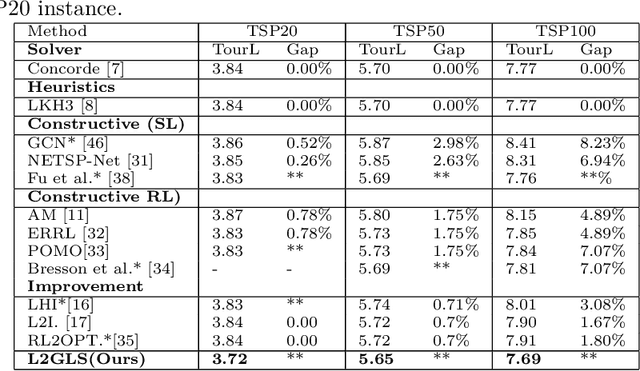
Abstract:Deep learning approaches have shown promising results in solving routing problems. However, there is still a substantial gap in solution quality between machine learning and operations research algorithms. Recently, another line of research has been introduced that fuses the strengths of machine learning and operational research algorithms. In particular, search perturbation operators have been used to improve the solution. Nevertheless, using the perturbation may not guarantee a quality solution. This paper presents "Learning to Guide Local Search" (L2GLS), a learning-based approach for routing problems that uses a penalty term and reinforcement learning to adaptively adjust search efforts. L2GLS combines local search (LS) operators' strengths with penalty terms to escape local optimals. Routing problems have many practical applications, often presetting larger instances that are still challenging for many existing algorithms introduced in the learning to optimise field. We show that L2GLS achieves the new state-of-the-art results on larger TSP and CVRP over other machine learning methods.
How to effectively use machine learning models to predict the solutions for optimization problems: lessons from loss function
May 14, 2021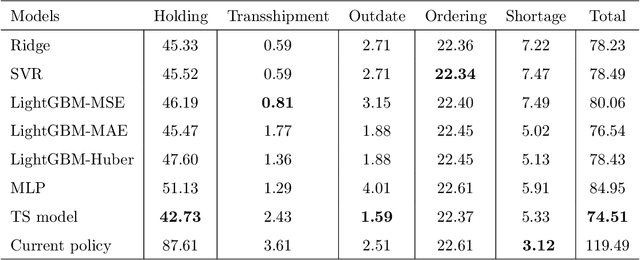
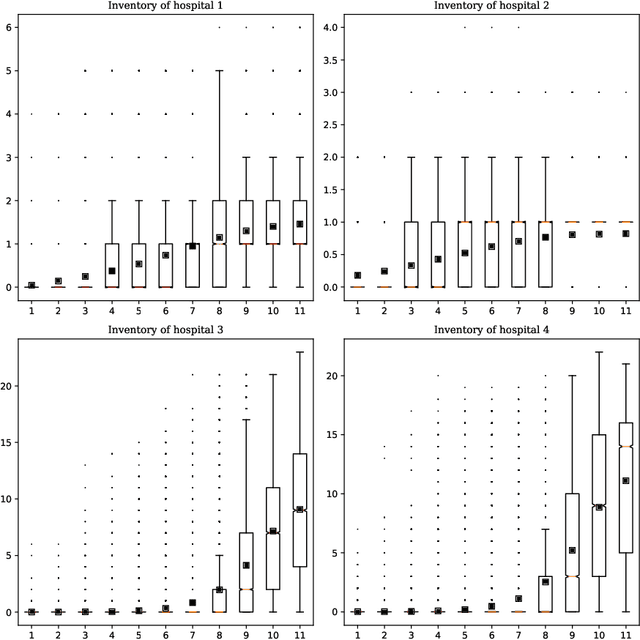
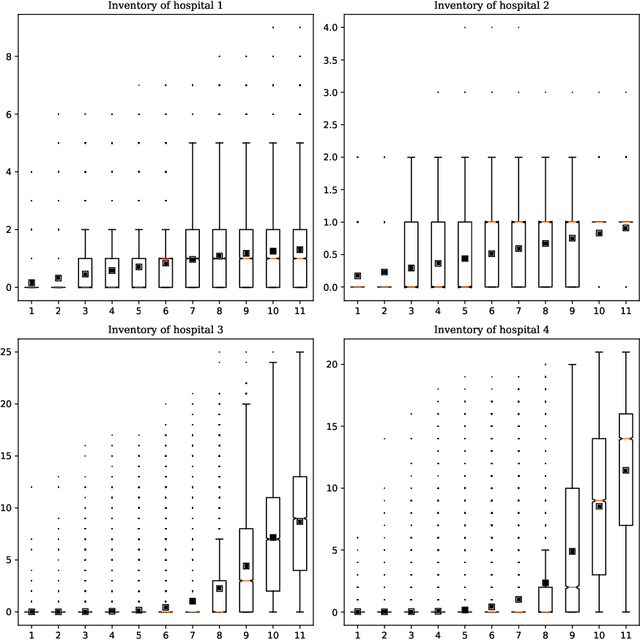

Abstract:Using machine learning in solving constraint optimization and combinatorial problems is becoming an active research area in both computer science and operations research communities. This paper aims to predict a good solution for constraint optimization problems using advanced machine learning techniques. It extends the work of \cite{abbasi2020predicting} to use machine learning models for predicting the solution of large-scaled stochastic optimization models by examining more advanced algorithms and various costs associated with the predicted values of decision variables. It also investigates the importance of loss function and error criterion in machine learning models where they are used for predicting solutions of optimization problems. We use a blood transshipment problem as the case study. The results for the case study show that LightGBM provides promising solutions and outperforms other machine learning models used by \cite{abbasi2020predicting} specially when mean absolute deviation criterion is used.
SPSA-FSR: Simultaneous Perturbation Stochastic Approximation for Feature Selection and Ranking
Apr 16, 2018
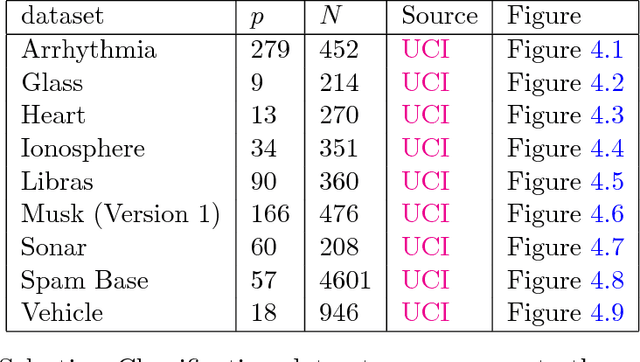


Abstract:This manuscript presents the following: (1) an improved version of the Binary Simultaneous Perturbation Stochastic Approximation (SPSA) Method for feature selection in machine learning (Aksakalli and Malekipirbazari, Pattern Recognition Letters, Vol. 75, 2016) based on non-monotone iteration gains computed via the Barzilai and Borwein (BB) method, (2) its adaptation for feature ranking, and (3) comparison against popular methods on public benchmark datasets. The improved method, which we call SPSA-FSR, dramatically reduces the number of iterations required for convergence without impacting solution quality. SPSA-FSR can be used for feature ranking and feature selection both for classification and regression problems. After a review of the current state-of-the-art, we discuss our improvements in detail and present three sets of computational experiments: (1) comparison of SPSA-FS as a (wrapper) feature selection method against sequential methods as well as genetic algorithms, (2) comparison of SPSA-FS as a feature ranking method in a classification setting against random forest importance, chi-squared, and information main methods, and (3) comparison of SPSA-FS as a feature ranking method in a regression setting against minimum redundancy maximum relevance (MRMR), RELIEF, and linear correlation methods. The number of features in the datasets we use range from a few dozens to a few thousands. Our results indicate that SPSA-FS converges to a good feature set in no more than 100 iterations and therefore it is quite fast for a wrapper method. SPSA-FS also outperforms popular feature selection as well as feature ranking methods in majority of test cases, sometimes by a large margin, and it stands as a promising new feature selection and ranking method.
 Add to Chrome
Add to Chrome Add to Firefox
Add to Firefox Add to Edge
Add to Edge